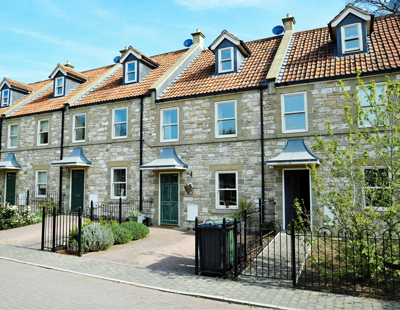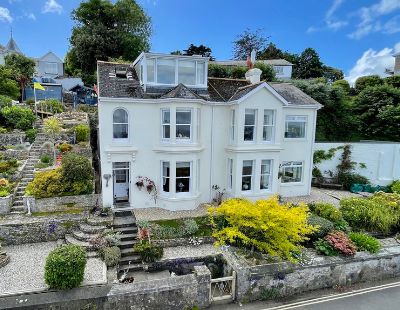
Two areas in the UK are still feeling the impact of the 2008 recession despite strong growth in new-build property values, new research from Unlatch finds.
Analysis from the property development optimisation platform looked at new-build house price data from the Land Registry.
Figures show that between April 2008 and June 2009, new-build property prices fell by 15% as a result of the Great Recession.
However, since then the market has rebounded and today, the average new-build commands a price tag of £358,543 – 60% more than pre-recession levels.
Even when adjusting for inflation, the average UK new-build still commands 12% more in the current market than it did prior to the market crash seen in 2008/09 – a revival that has been seen (almost) across the board.
The East of England has seen the strongest new-build price performance, up 29% compared to pre-crash levels after adjusting for inflation.
London follows close behind with new-build values climbing by 26% since the second quarter of 2008, with the South East (25%) and East Midlands (20%) also seeing some of the strongest rates of growth after adjusting for inflation.
In the North East, the average value of a new-build home has seen a nominal increase of 24% when compared to pre-recession market values. However, after adjusting for inflation, Unlatch’s research shows that this market value has actually fallen by -12%.
Northern Ireland is the only other area of the UK new-build market where the average house price has failed to return to pre-recession levels – down by 38% after adjusting for inflation.
Lee Martin, head of UK for Unlatch, says: “The impact of the Great Recession of 2008/09 was severe, to say the least, and it brought a sharp decline in property values across all areas of the market.”
“Thankfully, the cyclical nature of the UK property market means that we have since seen house prices bounce back and beyond the levels seen prior to the crash across the vast majority of the market.”
According to Martin, this is particularly impressive given the prolonged periods of political uncertainty that came as a result of a long-drawn-out Brexit process, which was followed almost immediately by a global pandemic.
“Proof, if it was ever needed, that there really is no safer investment than bricks and mortar,” he concludes.








.jpeg)
.png)

.jpg)








Join the conversation
Be the first to comment (please use the comment box below)
Please login to comment